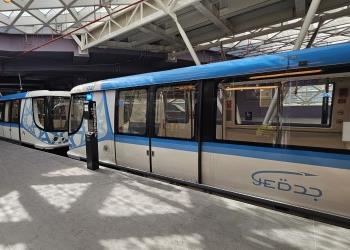
Transparency will aid future growth
After a disappointing performance in 2009, bond issuance across the Middle East and North Africa (Mena) has staged a strong comeback this year.
Just under $24bn of bonds have been issued to date and this figure is expected to rise above $30bn before the year’s end, according to HSBC Middle East.
Qatar has led the pack, issuing $7bn worth of bonds, followed by Dubai’s issuance of $4.3bn.
But there has been a spate of high-profile issuances from across the region, including Saudi Electricity Company’s $1.87bn bond issue and the Egyptian government’s $1.76bn issue.
Sovereign issuers have continued to be the most active, but there has also been a number of newcomers, including Kuwait’s Kipco, which became the first private corporate to access the bond market in the GCC, as well as Abu Dhabi’s Tourism Development & Investment Company (TDIC), which became the Gulf’s first master developer to issue in conventional and Islamic format.
Corporates are increasingly tapping the bond market in order to make up for banks’ continued reluctance to lend, but there are other factors driving the growth: historically low interest rates worldwide, the recovery in oil prices and the huge public infrastructure projects being carried out.
Governments in the region are fast realising the significance of the debt capital markets as an abundant source of liquidity and project bonds hold immense potential in a region that has been largely supported by bank lending to date.
HSBC Middle East predicts that bond issuance should rise by a further 25 per cent in 2011, with a growing proportion floated in the form of Islamic bonds (sukuk), which comprise one fifth of total issuance so far this year.
But while the growth trajectory looks promising, the region’s bond markets are essentially driven by institutional investors, with the absence of secondary trading platforms making them highly inaccessible to retail investors.
The launch of Saudi Arabia’s first exchange-traded bond and sukuk market on the Tadawul in June 2009 was aimed at stimulating a secondary bond market, but it exhibits low trading activity today. A key challenge will be developing these secondary platforms, which in turn, will lead to greater transparency and ultimately aid a healthy long-term growth of debt markets in the region.
You might also like...

Petrofac awards Adnoc carbon capture sub-contract
18 April 2024

Neom tenders Oxagon school construction
18 April 2024

Clarifications advance for Neom renewables
18 April 2024

Alstom wins Jeddah airport deal
18 April 2024
A MEED Subscription...
Subscribe or upgrade your current MEED.com package to support your strategic planning with the MENA region’s best source of business information. Proceed to our online shop below to find out more about the features in each package.








